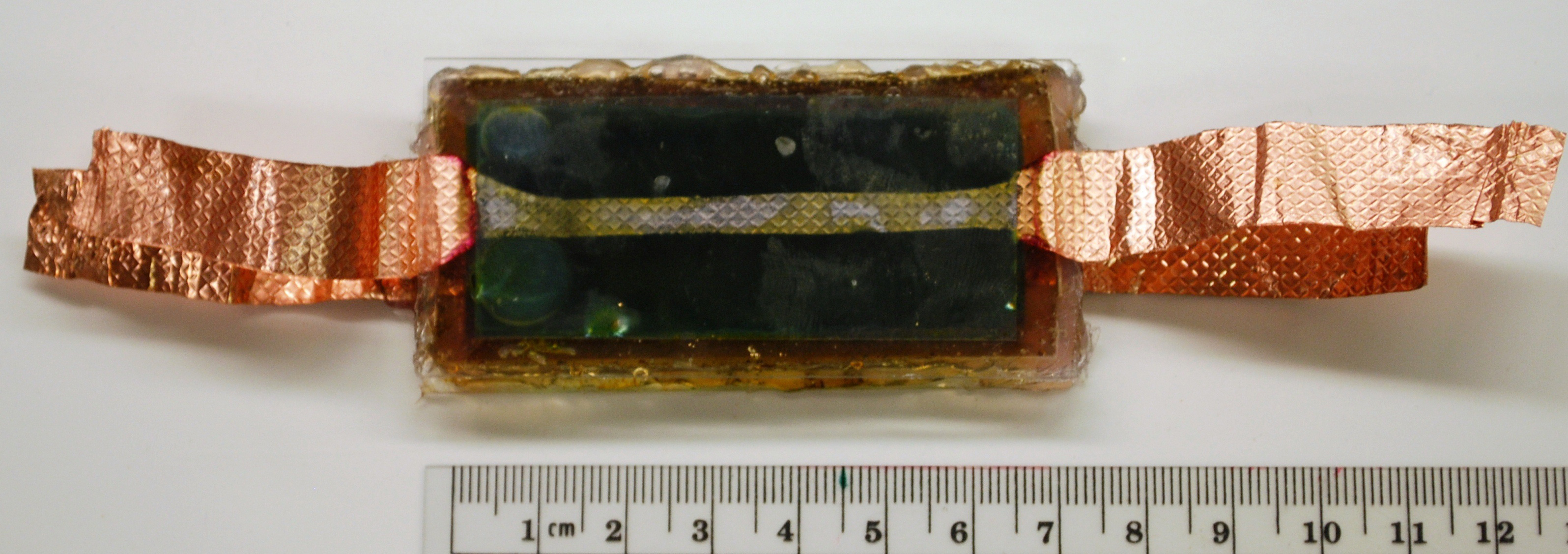We all know how versatile spinach is in the kitchen, but who would've thought it could prove itself worthy in technological applications as well? According to a team of scientists over at Vanderbilt University, certain properties found inside spinach can be harnessed in order to generate electricity.
Like many plants, spinach contains a photosynthetic protein that converts light into electrochemical energy. Knowing this, the team harnessed the protein from spinach and combined it with silicon, a material commonly used in the creation of solar cells. The result is a "biohybrid" solar cell may eventually lead to more efficient solar panels.
"This combination produces current levels almost 1,000 times higher than we were able to achieve by depositing the protein on various types of metals. It also produces a modest increase in voltage,” lead scientist David Cliffel explained. “If we can continue on our current trajectory of increasing voltage and current levels, we could reach the range of mature solar conversion technologies in three years.”
But why spinach over other plants? According to Cliffel, spinach contains a certain protein used in photosynthesis that can continue to function well after it is extracted. Called PS1, the protein is known to convert sunlight into electrical energy with close to 100% efficiency, a considerable leap compared to the 40% achieved by modern devices.
“Nature knows how to do this extremely well. In evergreen trees, for example, PS1 lasts for years,” Cliffel noted. “We just have to figure out how to do it ourselves.” For more information on the project, head on over to the Vanderbilt University article here.
Contact Us for News Tips, Corrections and Feedback
Get Tom's Hardware's best news and in-depth reviews, straight to your inbox.
-
CaedenV wait a sec... isn't this a reprint of an article done a few weeks ago (which cannot be found now)?Reply
If memory serves correctly, in that article the 40% improvement was over traditional bio-solar solutions, which is still years behind traditional PV panels, and there was also an issue of the panels only being good for 3-5 years compared to the 20-30 years of traditional PV panels. -
eklipz330 tobalazBecause Popeye knew best!Whodathunk a cartoon would have been prophetic right?you think that's crazy? a study was done with spinach... those who ate it before and after had 20% more gains in muscle than those that didn't.. of course it was like 2 lbs of spinach but IM PRETTY SURE THOSE CANS HE ATE WERE PACKED!Reply

